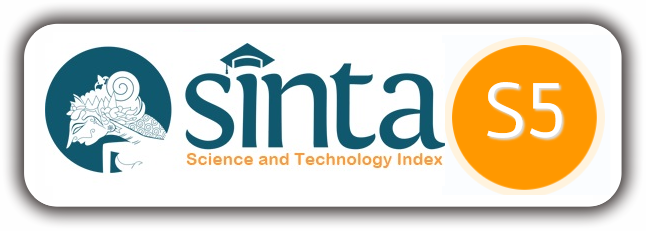Kebijakan Bank Sentral untuk Mengatasi Masalah Ekonomi pada Masa Pandemi Covid-19 di Indonesia
DOI:
https://doi.org/10.59525/jess.v2i2.303Keywords:
Central Bank Policy, Overcoming Economic Problems, Covid-19 PandemicAbstract
Introduction: The Covid-19 pandemic is the main reason for the decline in the economy in Indonesia in 2020, so the government must establish policies to overcome this problem. Apart from that, other authorities such as the central bank also play a role in carrying out a series of activities to achieve economic and financial stability during the pandemic. Therefore, this research aims to analyze the role of the Central Bank in Indonesia during the COVID-19 pandemic. Research Methods: The method used in this research is to use a descriptive qualitative approach with library research. Results: This research explains that the COVID-19 pandemic put great pressure on the Indonesian economy and even the world, so that in 2020 Indonesia experienced an economic decline of -2.07%, this was a result of the very wide spread of the corona virus. The central bank as the monetary authority has several roles to fight COVID-19 in the economic sector, including: (1) Bank Indonesia is the lender of last resort, (2) Exchange rate policy, (3) Buying securities, (4) Lowering interest rates, (5) Issuing and circulating money. Conclusion: Therefore, the central bank has an important role in economic recovery in Indonesia during Covid-19. However, the central bank must still carry out its role optimally even though the Covid-19pandemic has ended in order to increase economic growth in Indonesia.









